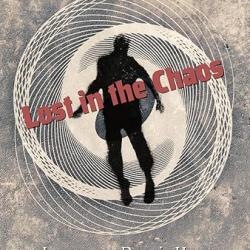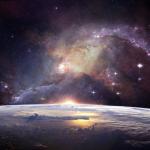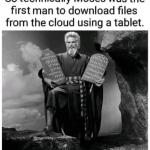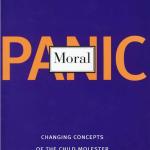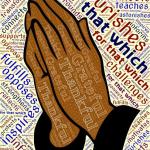Dr. Lanza begins his book with its denouement: “The world is not, on the whole, the place described in our schoolbooks.”
“Goldilocks” is a recognized natural phenomenon covered under the anthropic principle — a term first coined by Australian physicist Brandon Carter at a 1973 symposium in Kraków to honor the 500th birthday of Nicholas Copernicus.
Nowadays science identifies this phenomenon as the observation selection effect, wherein a “selection bias” must be factored in to cosmological measurements.
The gravitational constant is perhaps the most famous [example of the Goldilocks Effect], but the fine structure constant is just as critical for life. Called alpha, if it were just 1.1x or more of its present value, fusion would no longer occur in stars. (p. 87)
The Rare Earth hypothesis narrows the field of habitation down again, until the possibilities become too extreme to believe. In fact, the long odds against your reading this article are so remote as to be practically impossible. Yet, here we are, evidently snug inside the safe wave of the physical present. . . .
By the late sixties, it had become clear that if the Big Bang had been just one part in a million more powerful, the cosmos would have blown outward too fast to allow stars and worlds to form. Result: no us. Even more coincidentally, the universe’s four forces and all of its constants are just perfectly set up for atomic interactions, the existence of atoms and elements, planets, liquid water, and life. Tweak any of them and you never existed. (p. 84)
The trouble with the Goldilocks principle is that it ultimately infects any sample that may be subjected to the scientific method. And according to the authors, scientific observation is simply not immune to the indirect effects of the observation selection effect or to its quantum cousin, the uncertainty principle. . . .
In fact, at least two problems in evolutionary biology could be informed by selection bias:
Exhibit 1: Abiogenesis. To this moment, there is no standard biological or mechanical theory to explain life’s origin. There is factually no mechanism known to science that could explain how living things could have formed through random mechanical processes. Famed biologist Francis Crick and the astronomer Fred Hoyle favored the theory of panspermia, where extraterrestrials are credited with seeding earth with its first life. But Panspermia merely passes the buck. How did life begin?
Exhibit 2: The Fermi paradox. Human sentience at this point in the evolution of the universe is explainable only if life is commonplace. Yet there is a mathematically conspicuous absence of observable extraterrestrial life. So where are they?








